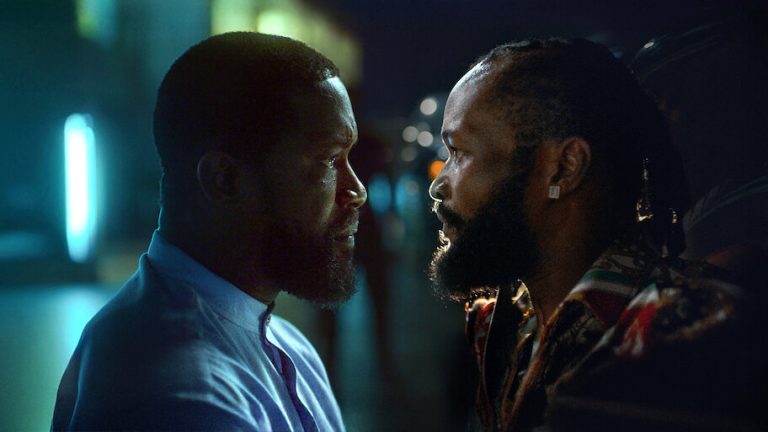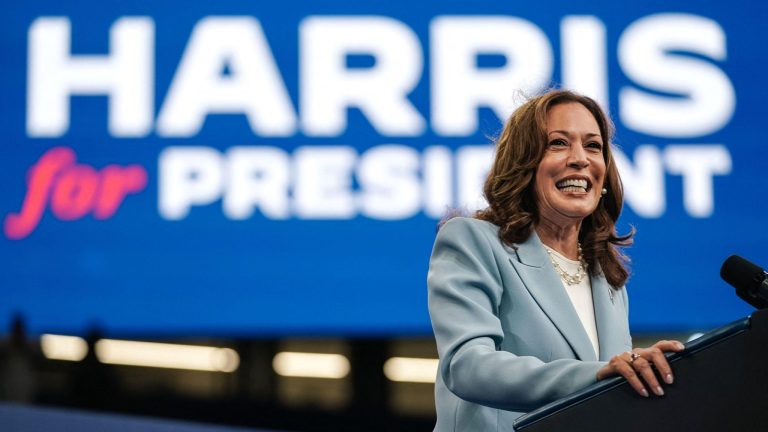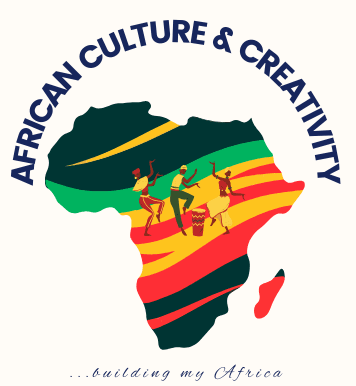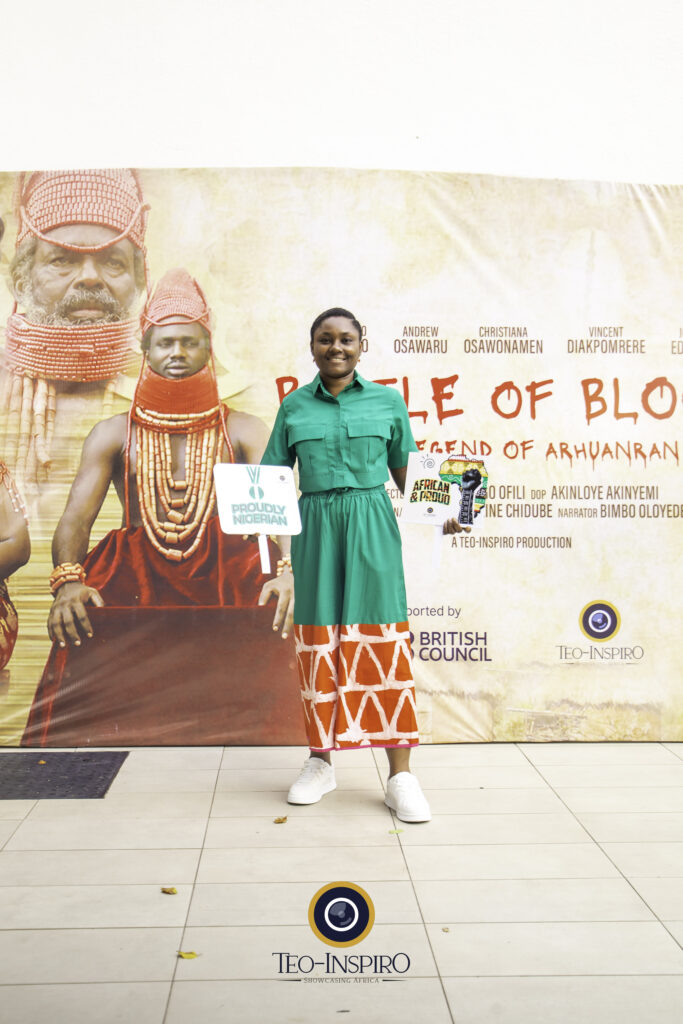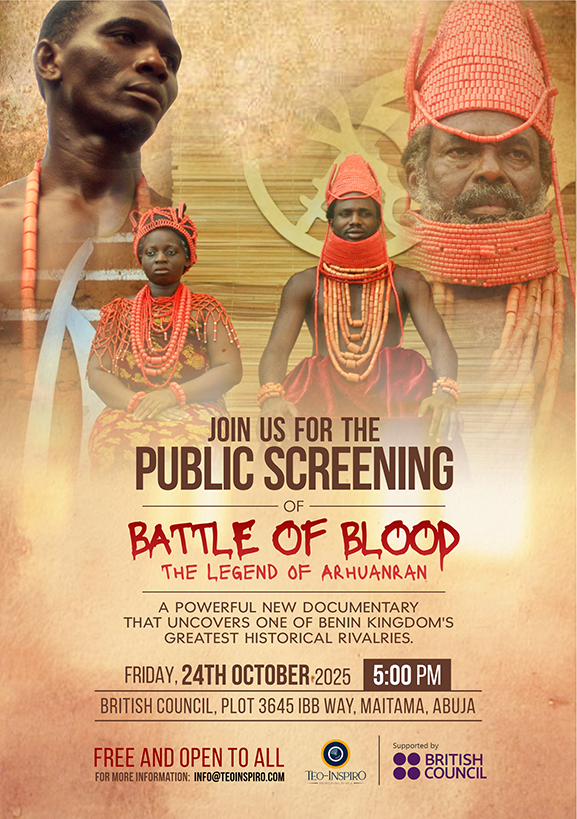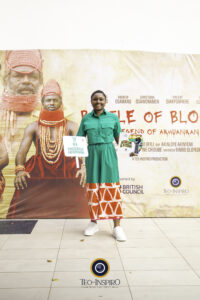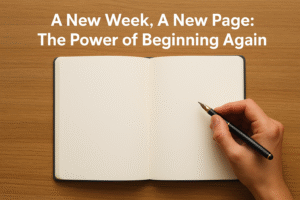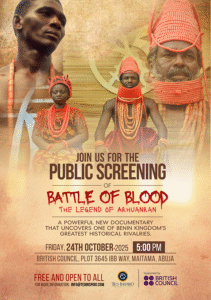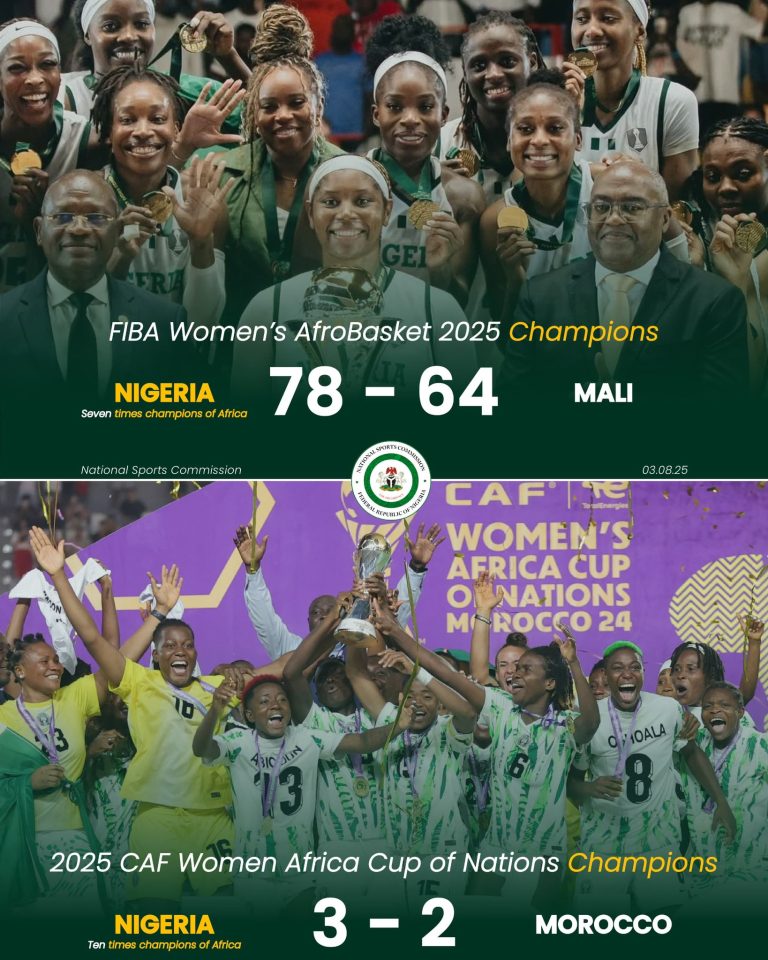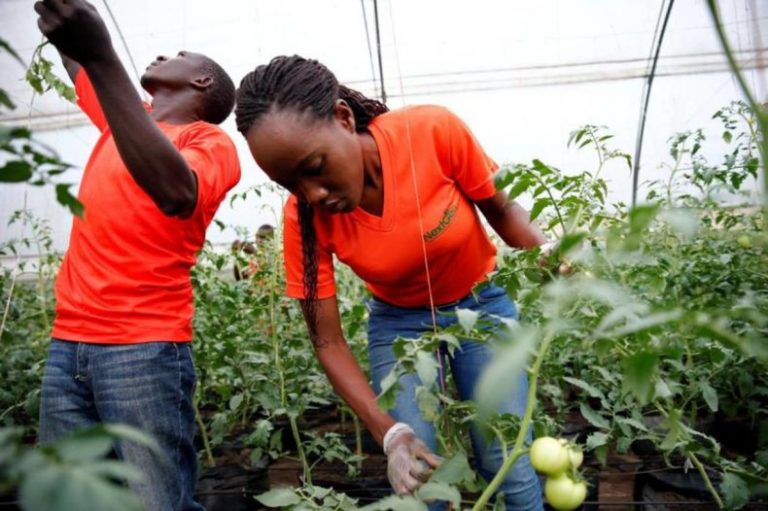Jagun Jagun is a perfect description of what we have been saying about telling our stories as Nigerians and Africans. Femi Adebayo has won over the hearts of many anti-nollywood audiences with this one; he gave us something to be proud of, something that is rooted in our culture made 100% by us.
I have read some commentary especially from historians of the Yoruba culture who pointed out some flaws in the depiction of historically significant aspects of the culture wrongly. My response to such has been, at least the movie has given you an opportunity to teach us something new about our history. Movies of such nature do not have to be perfect in every sense to represent what was, it can be a window to open new conversations and that’s exactly what Jagun Jagun is doing. So, let’s dive into my review using seven parameters; story/plot, dialogue, acting, costume, sound design, cinematography and editing.
Story/plot: If I was to summarize the theme for the movie, I would say it is a story about love, loyalty, jealousy, betrayal and revenge. In all of this, the writer used this film to teach us about the Yoruba traditional families based on their handiwork (iron bender, wood Carver, etc.). I learnt of something similar amongst the Bini people recently while working on a documentary project. Families and even streets or areas are known for their handiwork e.g. drummers, weavers, iron benders or blacksmiths, wood carvers, etc.
I liked the representation of women in the council of kings. This dispels the false notion that African women were relegated to house chores and farming. The Africa I am discovering from reading historical books had a place for every segment of society. There were decisions the men did not make but felt the women or youth were in a better position to do so. We had many women who were involved in leadership and played active roles during wars. Gbotija (played by Lateef Adedimeji) came to the notice of the leading family (Ogundiji and his wife) when the queen was attacked and he defended her with his powers.

Dialogue: You can have a beautiful story to tell, best cinematography and sound but if the dialogue doesn’t match the previous parameters your audience will easily forget your movie. This is the first time I am watching a Yoruba movie and I enjoyed every single scene because from the subtitles it was as if I was at a spoken word event. Like poetry, the actors did justice to the emotions and expressions that depicted the weight of the words they were uttering.
Acting: We had an excellent performance from all actors. Lateef out did himself in this one. The scene where Gbotija (Lateef) was being flogged for questioning Kitan’s decision; only an actor like Lateef could have delivered that scene. At some point as he was being flogged he couldn’t take the pain anymore, but his facial expression was perfect and everyone could relate to when shouting from pain is not enough instead you groan. Best scene for me was when Gbotija (Lateef) was calling on the forest trees after he found out who Agemo was. He looked bigger in Jagun Jagun; seems he had to do some body building for the role. Fighting scenes were well choreographed. The stunt coordinator did an excellent job.
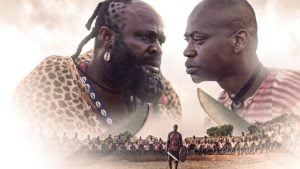
Costume: I think the costumes were good. Some commentary about the use of damask by the kings/rulers of different villages as that material was only worn by notable kings like the Alaafin or so going by history, the use of horses and guns, etc. Like I said earlier, it’s an opportunity to start a conversation that would provide more insight and information. I enjoyed the rich colours Africans are known for displayed in this movie. I have a question though, how did they achieve the burnt body of the student warrior sent back to Aje village?
Sound design: This was absolutely perfect. The use of Yoruba chants and songs, use of drums, soundtracks all accentuates the emotions in every scene and that’s what you want to achieve as a storyteller; getting your audience to connect emotionally with your story.
Cinematography: Beautifully done. The choice of shots and angles were deliberately done to enhance the story. The camera movements were sweet to watch. I have a question, how did they film the scene where the coffin was thrown into the river and you could see him inside? I hope the producers have a behind the scenes tutorial type of video? In general picture quality was great, attention to time of day to film certain scenes; guys you can only do this when you are not in a hurry as a producer because money is not the problem. I have been trying to imagine what the budget for this movie project was. I look forward to a time when Nollywood producers would be generous with such information.
Editing: When I saw Anthill Studio in post-production I knew it was going to be a masterpiece. Yes, I admire and appreciate Niyi’s work and his contribution to the industry. Visual effect (VFX) was the best we have seen in Nollywood so far especially with Agemo. If you do not know who Agemo is, this is a gentle reminder that you have to go see Jagun Jagun for yourself. Attention to detail was spectacular. When Gbogunmi was fighting in the river and he pulled the knife from his shoulder, you could see blood splash out. I think it would have been great to have wooden particles of the coffin as part of the explosion from the river scene. This movie was delicious, you could taste it.
I usually do not give scores to movies because I have been behind the scenes on production sets and I know that every team puts in their best when they decide to make a movie. But for Jagun Jagun, it’s a 9/10 and this is because my parents are teachers and I hear teachers always keep one mark for themselves.
In closing this conversation, I want to beg you not to pirate this movie or download it from pirates. If you do so, it is equal to what the colonial oppressors did when they took away our artifacts. Don’t do it! Support Nollywood by watching on the legal platforms.


